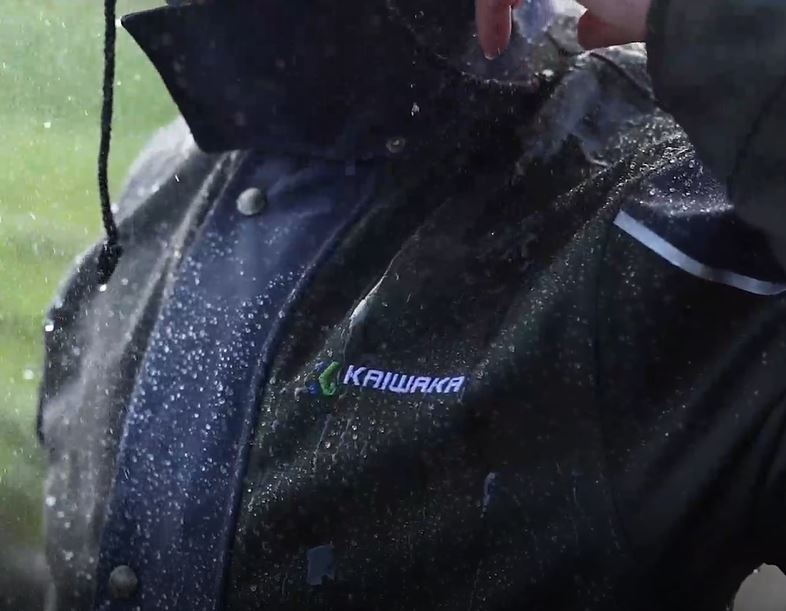Clothing
Stay fully charged with Pel and Kaiwaka
Outwintering
Outwintering whether on deferred grazing or brassicas supplemented by conserved forage can reduce costs by a very impressive 70% even though they need 10-20% more energy to do so.
Considering the age of animals, what growth you want to achieve over winter or merely maintenance requirements. With mature stock, assess existing body condition score (BCS) and where they need to be in the Spring deciding if outwintering is an option for them too.
Understand nutritional requirements you need, consider forage analysis and any mineral supplementing. Also make sure vaccinations are up to date, especially important against clostridial diseases and abortion etc.
A comprehensive flock and herd health plan should be in place and actioned with grant support available through the Animal Health & Welfare Pathway from DEFRA.
Any parasite burdens should be considered. Outwintered stock may carry internal parasites. Symptoms such as scour, regular coughing and ill-thrift and poor performance all indicators. Faecal egg counts (FEC) and blood tests can help with diagnosis. Exposure to stomach and gut worm parasites lessens in the winter months but fluke can still be a potential infection risk with no natural immunity developed.
Site selection including ground conditions and any available natural shelter that can be utilised should also be a mindful consideration. Fresh water should also be available void the reliance on streams etc. which pose potential health risks.
Access during wet weather especially if leading in forage is important too as well as a backup plan if severe weather sets in for a prolonged period.
Plunging of ground and excess mud is a welfare consideration for animal and staff and a poor public perception which should not be dismissed.
Temporary electric fencing is an ideal cost effective, flexible solution allowing you to manage your outwintering arrangements.
Finally, consider you and your team out in all weathers who need protection from the elements with decent waterproofs.
Supplementary crops Well-managed brassica and forage crops such as fodder beet, kale and swedes can provide cheap, high-quality feed which are high in protein and energy. An additional source of coarse fibre is also needed, with big bale silage being ideal for this ideally fed on sacrifice grass or stubble areas that will be reseeded next Spring.
Mineral supplementing should be a consideration such as a mineral bolus or licks and buckets.
-
Introducing animals slowly with a grass run-back helps their rumen adapt better
-
Strip-grazing with a double line if possible as a breakthrough line prevents them gorging
-
Back-fencing when it is wet is good practice as well
-
Giving cattle access to a relatively small area of fresh crop daily maximises the usage and is a good opportunity to ensure all stock are feeding correctly
-
Fresh water is necessary with supplies needing some frost protection to avoid a freeze up.
-
Strip grazing up a hill is preferable but also less movement to forage from the grass or stubble run-back means less poaching.
Deferred grazing and all grass wintering (AGW) Grazed grass is the cheapest and sometimes most underutilised feed on UK farms and careful management can extend the season further. Understanding the supply of grass growth and matching demand throughout the season is seeing huge improvements in grazing strategies in the drive to reduce input costs in livestock operations. For some, labour requirements may increase when outwintering, but can be offset by cost savings overall.
 |
 |
 |
-
Rotating paddocks can last up to 100 days with lambing fields the first to allow sufficient recovery time
-
Understand what nutritional requirements are needed supplementing with conserved forage, supplementary crops and concentrates, although the main aim is to reduce input costs
-
Electric fencing can play a major part in the containment and allocation aspect of managing and rotating livestock
-
With stocking density often higher, that can heighten health risks but flock and herd health plans will include vaccination protocols especially against clostridial disease and abortion
-
Closer health monitoring is advised when outwintering
Keeping you and your staff warm and dry You and your staff will be delivering supplementary feed daily which allows stock to be regularly checked and performance monitored in a regular and timely manner.
 |
 |
-
Sealed seams ensure they really are 100% waterproof, windproof and breathable
-
Overtrousers can be worn over normal pants and elasticated so can be taken off easily if you move indoors
-
Bib & Brace Overtrousers give you that extra bit of protection when conditions are particularly bad
-
Both Overtrousers have a cut away heel and domed ankles ensuring trouser legs remain free and are sealed around your boots
-
Stormforce Parkas come as a conventional waterproof jacket or as a winter jacket with a full fleece lining to keep out the chill
-
Hoods on our Parkas give you excellent peripheral vision and keep the rain off even on your quad bike
-
Large waterproof pockets and an internal chest zip pocket keep everything safe and dry
-
Internal wrist cuffs in the sleeves prevent the rain getting in even when you are working
-
Hi-Vis strips are subtly built in so you can be seen and safe with full Hi Viz jackets also available
Shop Pel Now |
Shop Kaiwaka Now |


